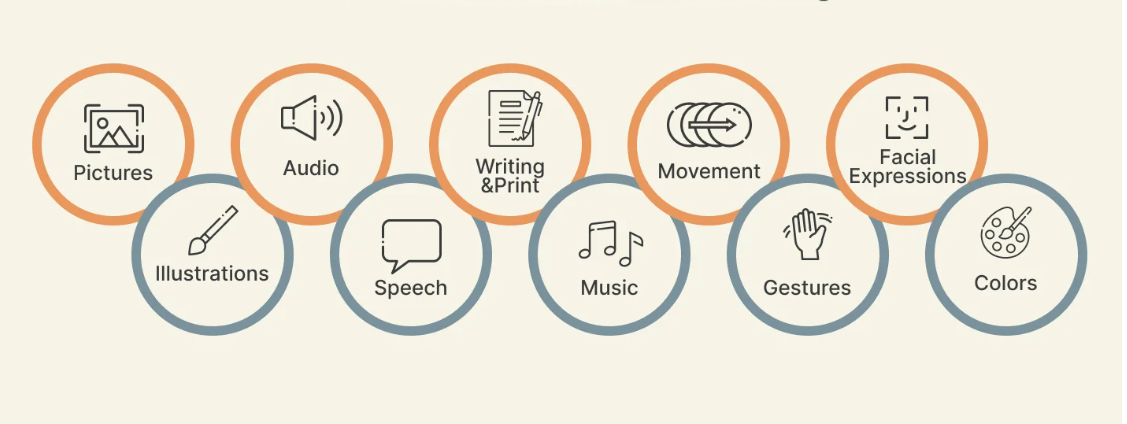Author:
Arguing that identity, literacy, and education are socially constructed, Hazard (2019) states that learning is shaped by the cultural, social, and linguistic contexts in which students engage (p. 8). This perspective calls for the kinds of inclusive instructional approaches that ensure diverse student backgrounds are recognized, and equitable access to education is promoted. To intelligently serve the interests of all learners, Dusty Edwards and I have proposed a set of multimodal strategies that allow for content engagement across a variety of pathways many of which include visual, auditory, textual, and interactive digital formats (Miller & Bartlett, 2021).
Modern education faces a fundamental challenge: how to assess students in ways that reflect the real-world skills educators want them to have. Hazard (2019) says that if we want to truly see what our students can (and can’t) do, we need to design assessments that are authentic, cooperative, and process-oriented, enabling students to not only apply but also integrate their knowledge across multiple contexts (p. 9).
Moreover, skills that are vital in the 21st century, including collaboration, critical thinking, and creativity, must be deeply embedded in teaching and assessment. These skills can best be taught through technology-enabled learning, which includes discussions, multimedia presentations, and interactive problem-solving tasks that are more “real-world” than “classroom.” Yet technology is not a panacea. It can be a powerful tool for personalized assessments, which are vital to building confidence and extending the motivational model of educational psychology to more students.
The movement toward inclusive, multimodal assessment practices confirms all students have the equitable opportunities to succeed. The movement acknowledges identity and literacy as social constructs and counteracts the notion that intelligence can be defined in a single way. All students can now demonstrate their understanding in the academic milieu through variety of ways including those that are nontraditional.
References
Comprehensive guide to multimodal learning: Strategies. (2024). Retrieved from https://raccoongang.com/blog/comprehensive-guide-to-multimodal-learning/
Hazard, J. (2019). Educational shifts in the 21st century: Identity, literacy, and social learning. Education Journal, 45(2), 7–15.
Miller, R., & Bartlett, T. (2021). Innovative assessment strategies for the digital age. Journal of Educational Research and Practice, 12(3), 25–39.

Hi, Tochukwu, I really have the same consideration about what you demonstrated in the second paragraph. Our school curriculum must be dynamic to the pace of change of our society.
Traditionally, in many countries, curricula haven’t been updated for a decade, resulting in public school teachers using the same textbooks and lesson plans repeatedly. This kind of simple repetition makes teachers feel tedious and boring, which leads to a loss of passion for the job. Over time, this negative energy is indirectly released to their students, discouraging them and failing to motivate their interest and enthusiasm for learning.
However, if educators can dynamically update teaching content by aligning it with the changing world, it will help teachers maintain their passion for the job, which will in turn inspire and motivate students to learn. At the end of the day, both teachers and students can mutually encourage each other to become better versions of themselves.